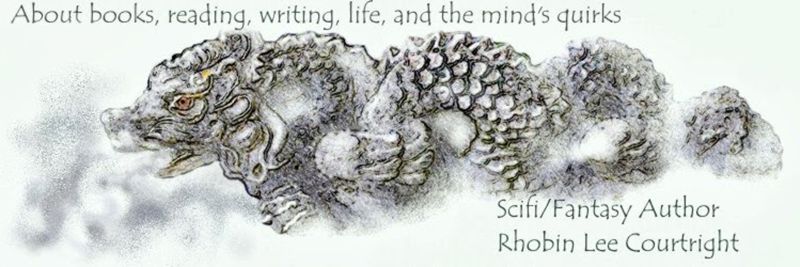 My newest sci/fi romance about a future soldier, taming a planet, and an aggressive corporate The Nanite Warrior, is about the development of dragoon super soldiers. It takes place on Aginfeld, the world of the previous novel about the bio-transformation of a potential planet into a livable world. A great deal of research went into creating the setting for Home World ~ Aginfeld, and more went into discovering the soldier needed for The Nanite Warrior. Here is some of what I learned about dragoons.
My newest sci/fi romance about a future soldier, taming a planet, and an aggressive corporate The Nanite Warrior, is about the development of dragoon super soldiers. It takes place on Aginfeld, the world of the previous novel about the bio-transformation of a potential planet into a livable world. A great deal of research went into creating the setting for Home World ~ Aginfeld, and more went into discovering the soldier needed for The Nanite Warrior. Here is some of what I learned about dragoons.Originally, dragoons were mounted infantry, literally soldiers who rode to the battle only to dismount and fight on foot, aiding the regular foot soldiers. Later they fought both on foot or while mounted. Dragoons have a history going back to the 15th century and incidental evidence of use before then, but at the start of the 16th century, Dragoons became an important military asset along with heavy cavalry (think armored knights and horses running full charge). Dragoons provided an advantage to battle commanders as a fast system to move troops from one battle location to another. As times changed, dragoons became cavalry, and later motorized and armored infantry, such as the U.S. Army's 1st Dragoons who served in Vietnam and Iraq.
Why are they called dragoons? They earned a reputation for swiftness, endurance, and flexibility, highly desired qualities during a war, not only as fighters but also as couriers. Yet the name derives from early French Dragoons who carried a firearm called a 'dragon,' a short blunderbuss or 'thunder gun.' This weapon was shorter than a regular thunderbuss, so more manageable while riding, and it held a 'spread load,' which made it more likely to hit any nearby target. The 'dragon' also emitted a short flame upon firing.
Dragoons have been part of war engagements in Europe and North America. Here in the United States, during the Revolutionary War, four regiments of light dragoons fought and often acted as escorts and couriers. They also fought in the War of 1812 but were disbanded in 1815. Colonel Henry Dodge led the newly organized First Dragoons to Fort Gibson in 1834 to what is now Oklahoma where they helped explore and map the western frontier and helped establish Fort Dodge and Fort Des Moines. The U.S. Army established mounted riflemen in1845 and cavalry in 1855. The differences were in weapons carried and how they fought, dragoons being the only ones carrying sabers, rifles, and pistols, and still fighting either on foot or mounted. In 1861, all mounted troops merged under the term cavalry, where they become important for reconnaissance of enemy troop strengths.
During their history dragoons have been known for their flamboyant, colorful attire, which sometimes extended to nonmilitary fashions like longer hair, facial hair, earrings, and elaborate headgear. The world has not finished with dragoons. Today, U.S. Army 2nd Cavalry Regiment, known as the 2nd Dragoons, is an active Stryker infantry and cavalry regiment following their heritage as the 2nd Regiment of Dragoons established in 1836. Currently garrisoned in Germany, they have fought in Iraq and Afghanistan. Canada has the Royal Canadian Dragoons, the British Columbia Dragoons, and the Saskatchewan Dragoons. There are dragoons guards, regiments, and divisions in Brazil, Chile, Denmark, Finland, France, Norway, Portugal, Sweden, and Switzerland. The Queen's Dragoon Guards serve in England's military. The Royal Scots Dragoon Guards are famous for their pipes and drums band. Talk about flamboyant flourish! The band was deployed to the Gulf as tank crewman during Op Granby which was part of Desert Storm, proving dragoons while still flamboyant, also remain active in duty and service.

No comments:
Post a Comment